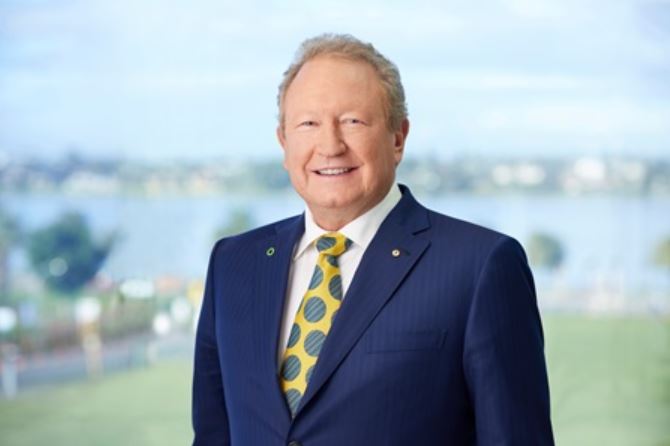Fortescue has effectively sidelined green hydrogen from its near-term agenda, with the company’s latest climate transition plan omitting any reference to developing projects before 2030.
The shift marks a stark contrast to last year’s strategy, which explicitly highlighted Australia’s federal hydrogen production tax credit scheme as a key enabler.
The omission follows a series of setbacks: in July, the miner shelved projects in Queensland and the United States, cutting 90 jobs tied to its hydrogen division. The retrenchment coincided with BP’s withdrawal from the AU$55 billion Australian Renewable Energy Hub in the Pilbara, once heralded as the centerpiece of Australia’s hydrogen export ambitions. The pattern points to mounting investor caution as capital-intensive hydrogen ventures struggle to align with commercial timelines and policy frameworks.
Fortescue’s decision not to pursue eligibility under the tax credit scheme is notable. The federal program offers an uncapped refundable offset of AU$2 per kilogram of renewable hydrogen for up to 10 years, provided projects reach final investment decision by 2030. Estimated to cost AU$6.7 billion between 2027 and 2040, the scheme was designed to de-risk early projects. By stepping back, Fortescue underscores the gap between incentive design and market reality. Company statements have stressed that “favorable policy settings, tax incentives, and other allowances” remain central to feasibility assessments, suggesting the current policy mix falls short of securing large-scale investment.
While hydrogen’s profile in Fortescue’s transition plan has diminished, the company maintains its broader decarbonization trajectory. The revised target shifts “real zero” — eliminating carbon emissions from operations — from 2029 to 2030. Even with the delay, the goal remains significantly more ambitious than Fortescue’s Pilbara iron ore peers, where reliance on diesel and gas is deeply entrenched. Fortescue continues to push for the abolition of the national diesel fuel rebate, arguing it distorts investment signals and slows the uptake of electrification.
For Australia’s hydrogen industry, however, the message is less optimistic. Without Fortescue as a near-term player, and with major global partners such as BP withdrawing from flagship projects, the sector faces a credibility test. Large-scale projects require not only policy support but also bankable pathways to offtake and infrastructure integration. With final investment decisions now unlikely before 2030, the country’s ambition to position itself as a leading hydrogen exporter risks sliding further into the next decade.
Stay updated on the latest in energy! Follow us on LinkedIn, Facebook, and X for real-time news and insights. Don’t miss out on exclusive interviews and webinars—subscribe to our YouTube channel today! Join our community and be part of the conversation shaping the future of energy.
